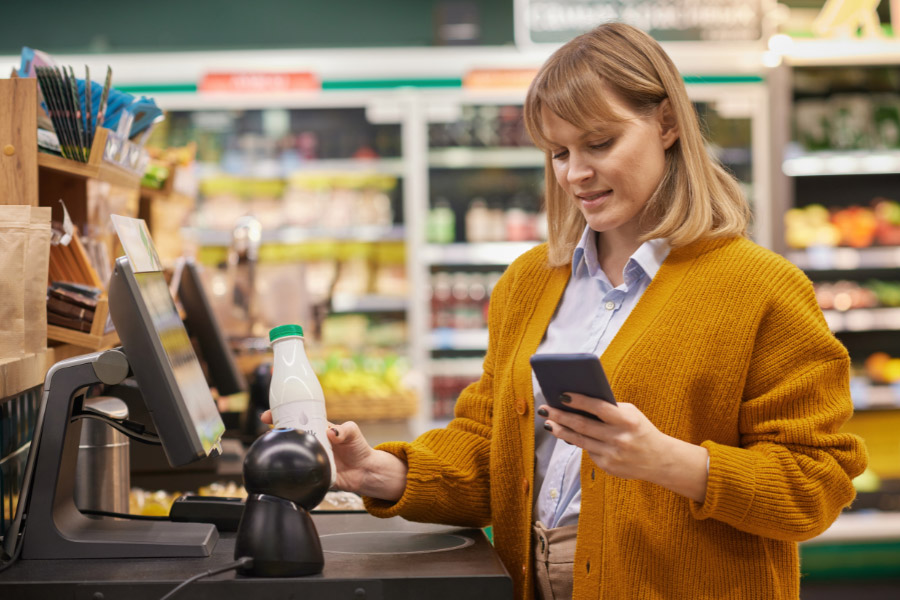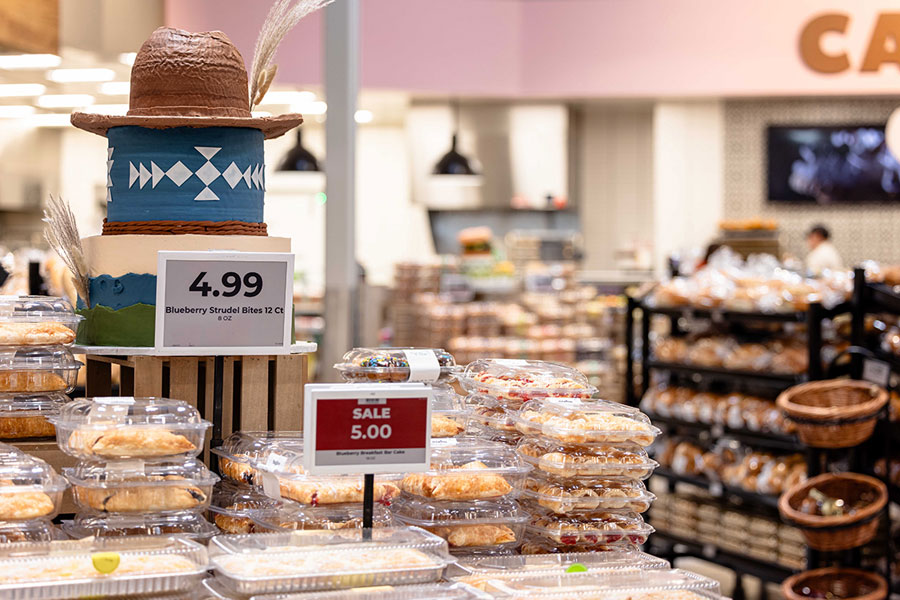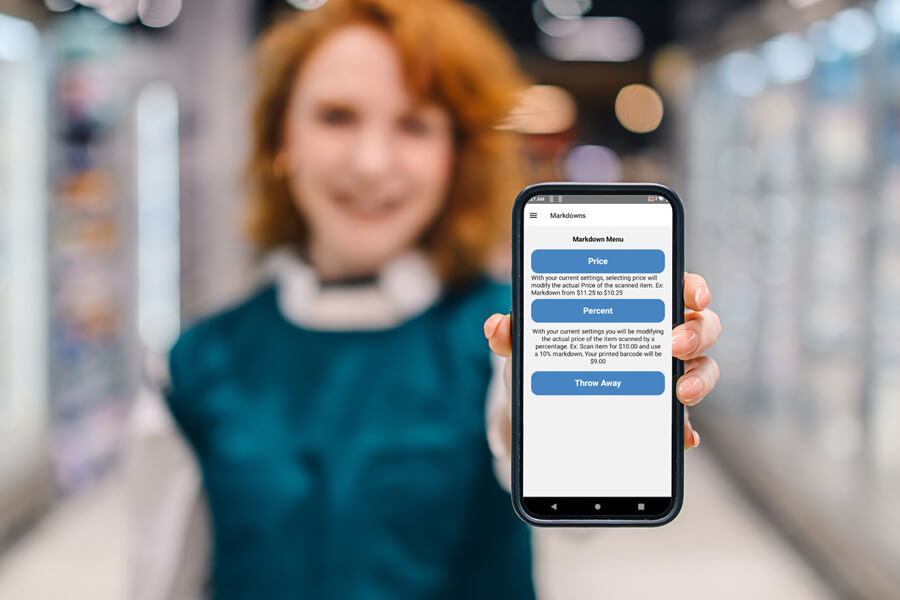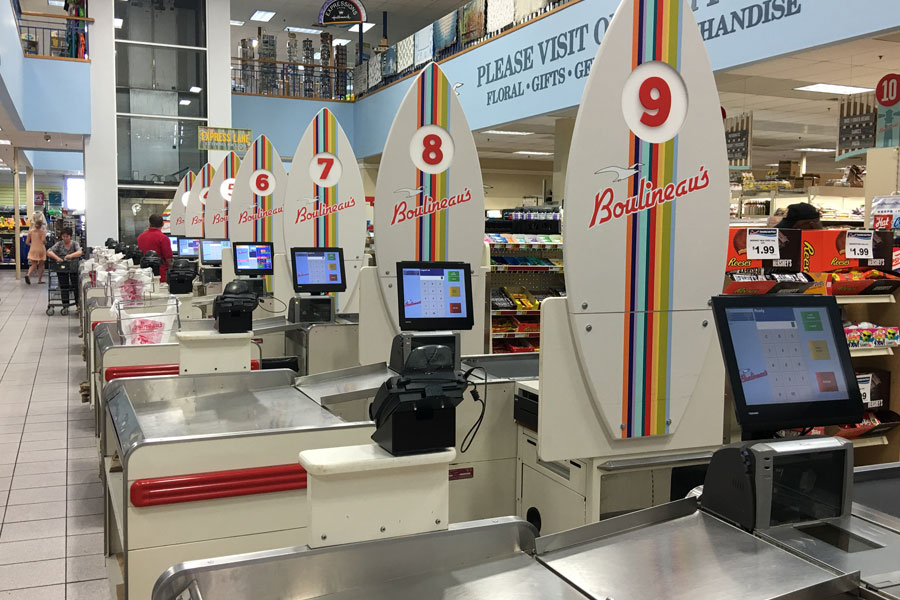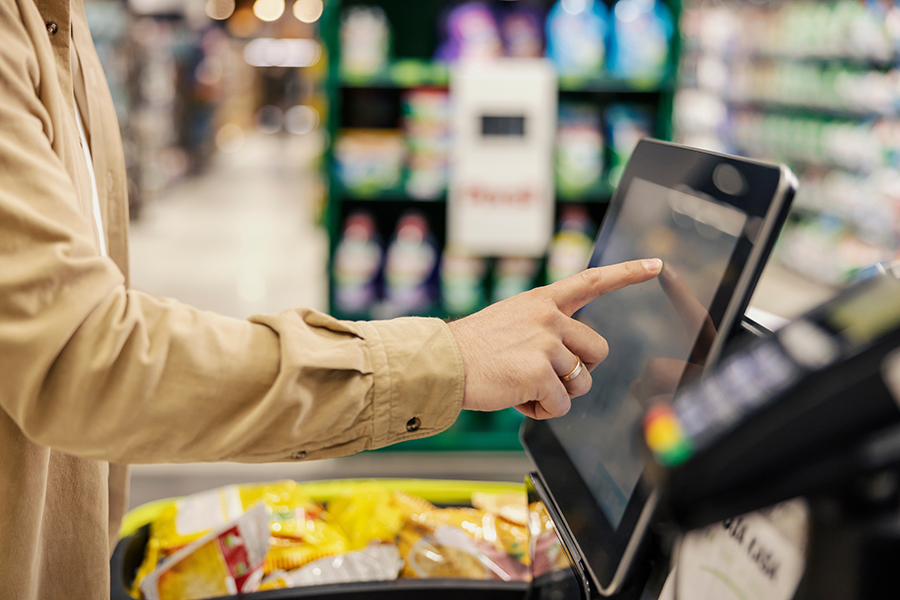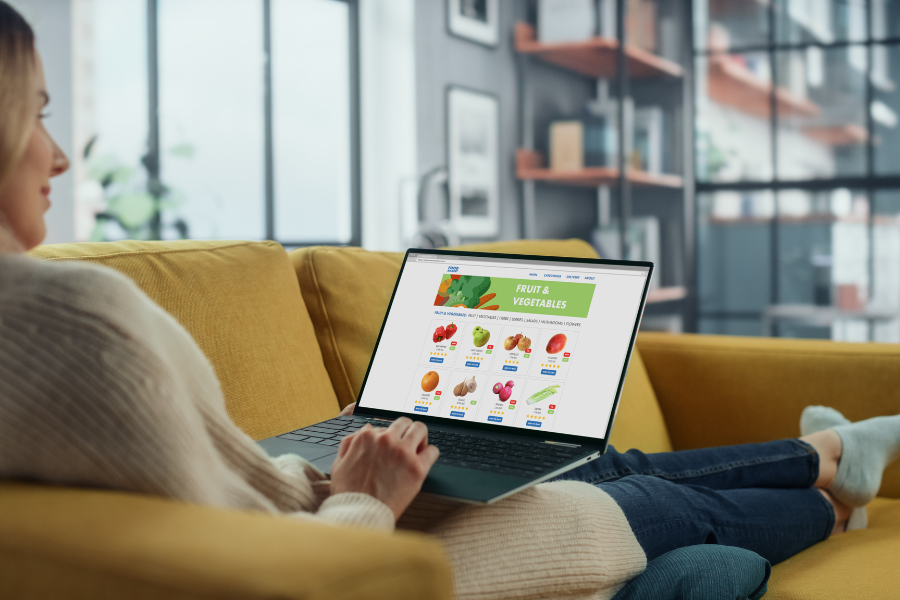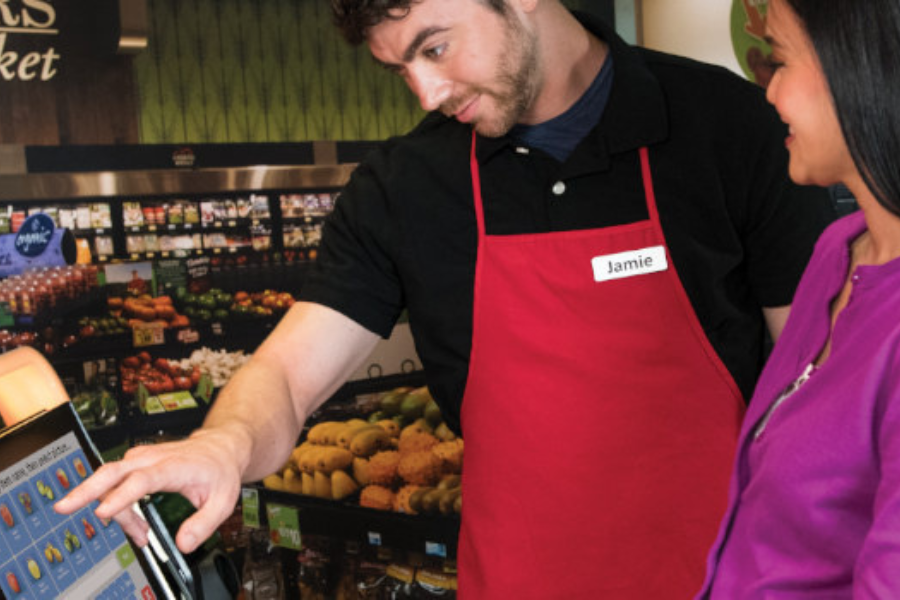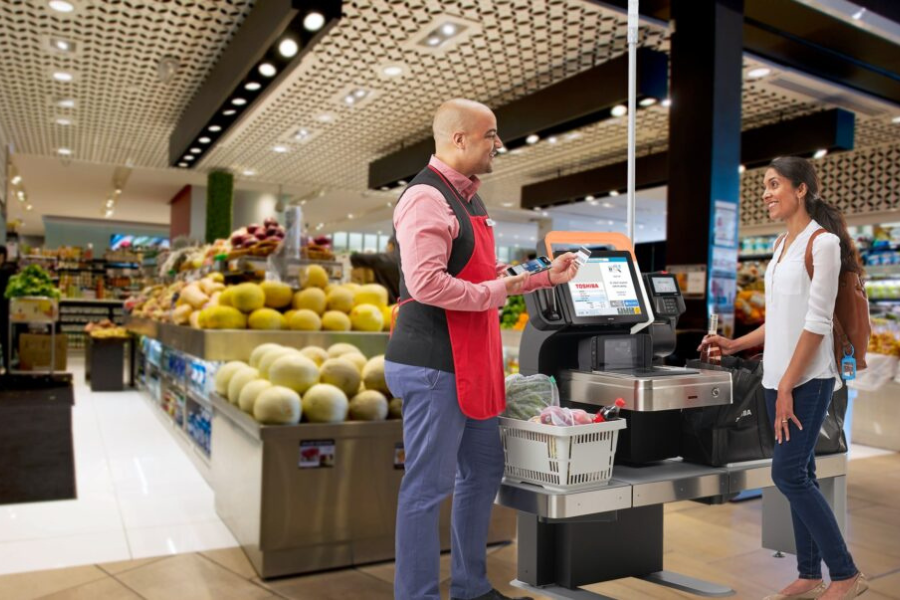Inventory Management in Grocery Stores: Overcoming Common Challenges
Keeping your grocery business profitable is a complex balancing act. Accurate inventory management in grocery stores is essential for maintaining the items in stock that your customers want, but overstocking can lead to spoilage and shrink. Your prices must be competitive, but your margins are typically razor-thin, and operational efficiency is non-negotiable. If you have multiple locations, you need to ensure optimal inventory at each store to maximize revenues and customer satisfaction. Finding the balance that results in profitability is key to a viable business.
Although challenges with inventory management in grocery stores can vary from business to business, overcoming these common sources of shrink will help you ensure a healthier bottom line.
Decreasing Losses from Perishable Inventory
Virtually all items that you sell have an expiration date, but some products, like produce, dairy, and baked goods, leave little room for error. Not following first in, first out (FIFO) policies, over-ordering based on miscounts, or simple human error can result in significant losses and food waste. A poor understanding of consumer behavior and seasonal demand can also lead to losses. Without a way to collect data and identify emerging trends and year-over-year patterns, you could over-order products with short shelf life, leading to shrinkage. According to Progressive Grocer, perishable inventory spoilage can account for three-quarters of a grocery store’s total losses.
Perishable inventory management in grocery stores is more efficient and accurate with a mobile solution that captures vital data and enables access to insights for decision-making. Using a mobile solution for receiving can help your team immediately log damaged or spoiled inventory and notify accounting that a credit is due.
Additionally, using barcode technology for inventory management in grocery stores, rather than logs and spreadsheets, results in greater visibility into sell-through rates. Your point of sale (POS) system’s data analytics features can help you decide when it’s time to discount items or create promotions for quick sales to minimize shrinkage. The right mobile grocery store inventory management solution will allow you to print new shelf tags and labels from your mobile device as you work.
Controlling Grocery Inventory Management Costs
You can trace many sources of loss and shrink back to poor inventory management in grocery stores. Inventory-related expenses that you need to control to operate profitably include:
Labor
Manual inventory management in grocery stores requires you to allocate labor hours to tasks like inventory counts, restocking, stock rotation, and printing shelf labels. Automating processes with barcode technology, handheld computers, and mobile printers saves time and labor costs. Furthermore, manual grocery inventory management processes are vulnerable to human error, which adds labor hours to the time needed to correct them.
Excess Inventory and Storage Space
Customer Attrition
When customers need particular groceries that are out of stock at your store, they’ll shop elsewhere. It may seem like a minor issue. However, Zebra’s Annual Global Shopper Study found that stockouts lead to customers questioning whether your store meets their needs and if it’s time to try a competitor. A well-stocked store managed with a comprehensive grocery store inventory management system can prevent lost customers and revenues.
Vendor Relationships
Tracking costs and vendor performance will help you control costs and minimize losses. Consistently late deliveries and partial orders lead to higher grocery inventory management costs. A robust grocery store inventory management system will also help you compare costs from multiple vendors, track cost per item and margin, and price substitutions or promotional items. A valuable vendor management solution will also help you take advantage of volume discounts to increase your margin.
Managing Multi-Store Inventory Management
Inventory management in grocery stores with multiple locations is even more complex. Managers can lose inventory visibility, and stores can experience higher-than-necessary costs when transferring stock. It’s challenging to rebalance stock between stores without a multi-store inventory management system to avoid stockouts. Managers who lack real-time inventory data rely on outdated information communicated by phone calls or emails to make store-to-store transfer decisions. That data may also be based on employees’ knowledge, not data documented in your POS system. So, if an employee calls off or isn’t available, managers may have to use guesswork. The result can be the high costs of unnecessary inventory movement, transportation, and labor, negatively impacting margin.
A mobile solution that gives you access to a fully integrated multi-store inventory management system allows you to access reports wherever you’re working to manage your grocery chain. You’ll have insights into store performance, which can help you optimize inventory chainwide. Your system can also give you a reliable way to ensure vendors provide each store with the deals you negotiated and that pricing in all locations is accurate and profitable.
Once a store receives a stock transfer, your multi-store inventory management system will confirm that all items arrived, eliminating shrink from items lost in transit or your system. It also avoids the costs of tracking down items scanned out at one store but never logged at another.
The Solution for Optimized Inventory Management in Grocery Stores
Inaccurate data can lead to expired perishable inventory, cash flow problems from capital tied up in unnecessary inventory, and pricing items at a loss. Our React Handheld Computer (RHC) solution allows grocers to capture data, track inventory, enhance visibility, and increase inventory data accuracy. Using an ergonomic mobile device, you can access and update your inventory data as you work in any location, confirm costs and pricing, create discounts and promotions, and automate tasks to save time and labor costs.
Discover how technology tailored to inventory management in grocery stores will benefit your business by reaching out to us today!



